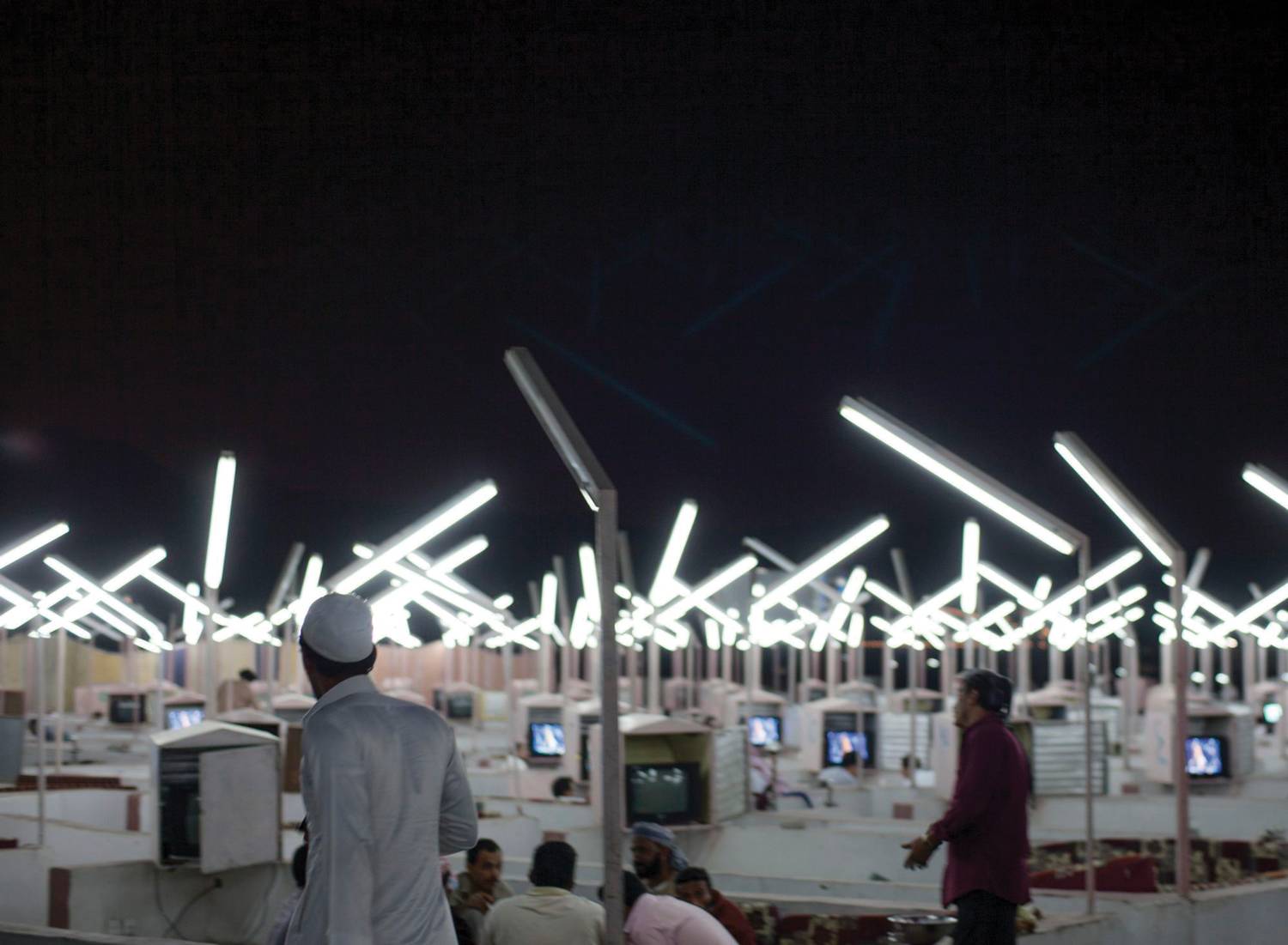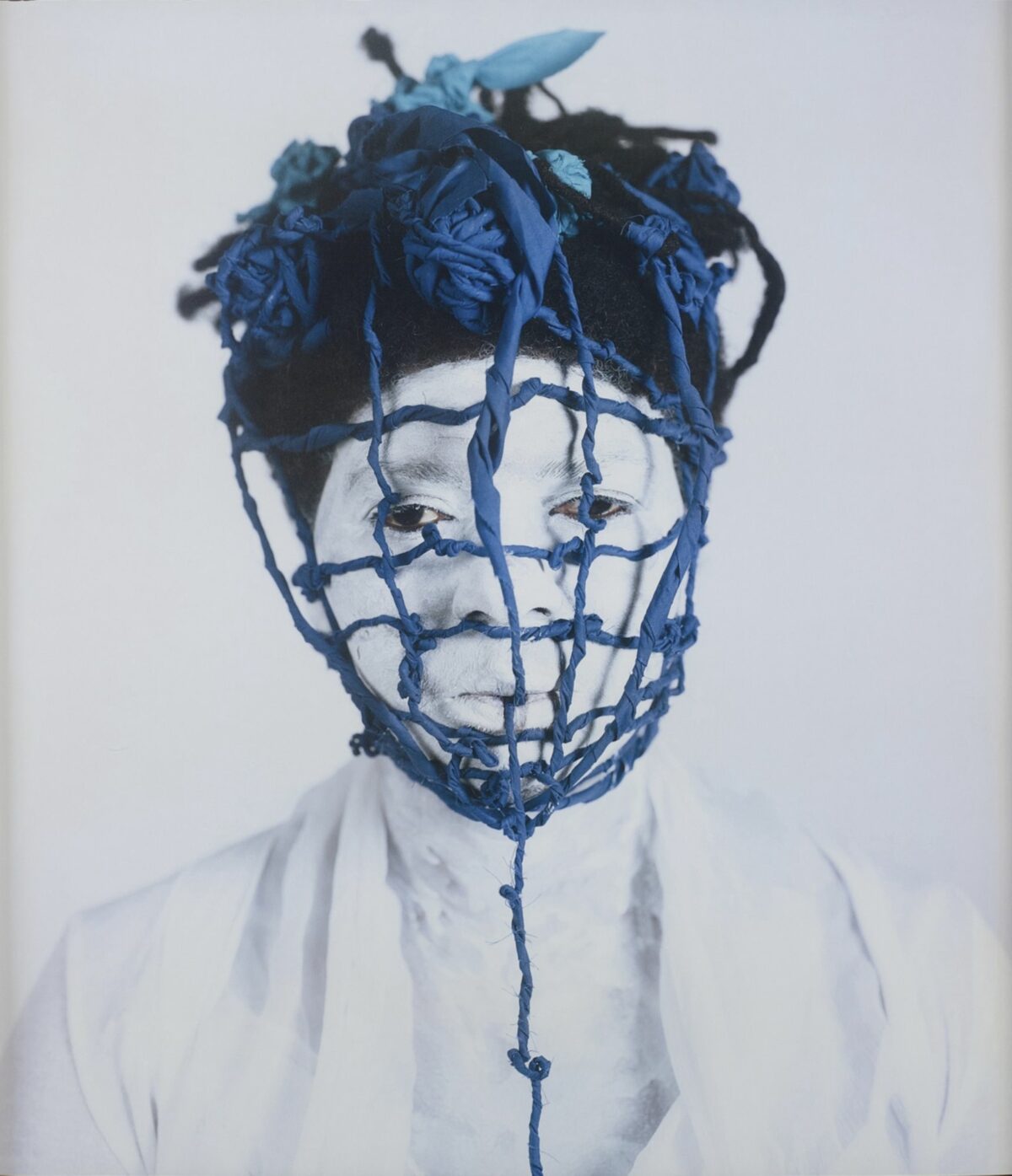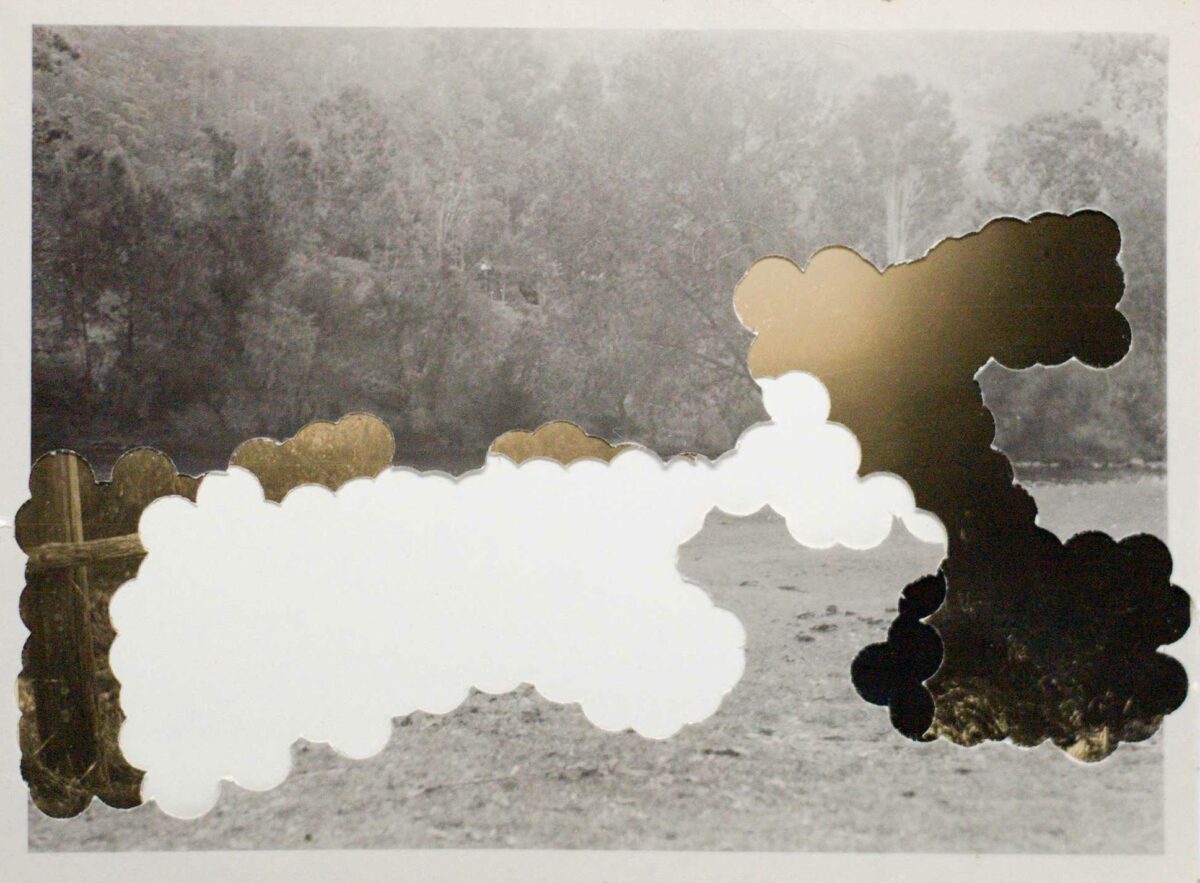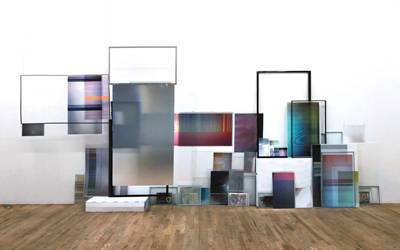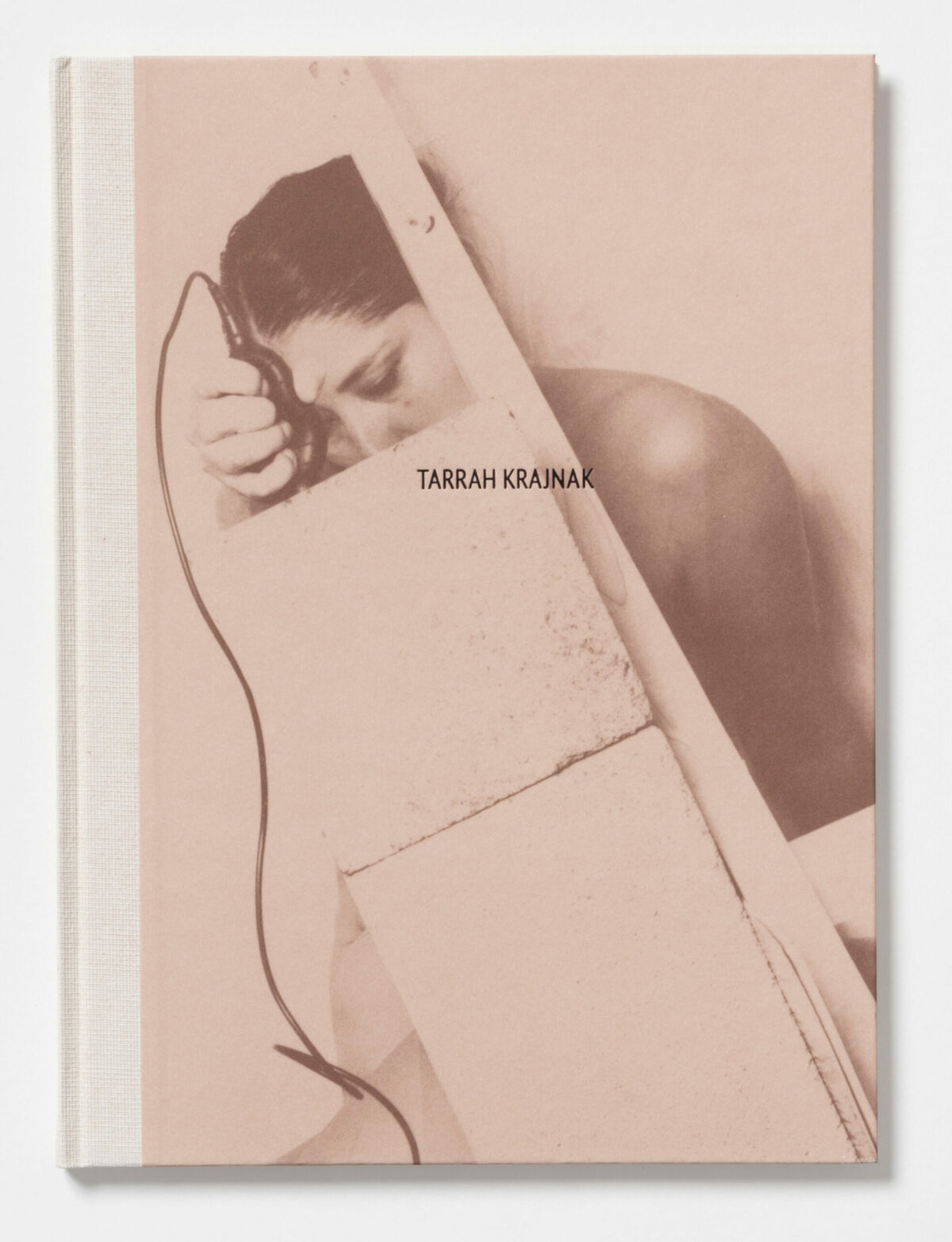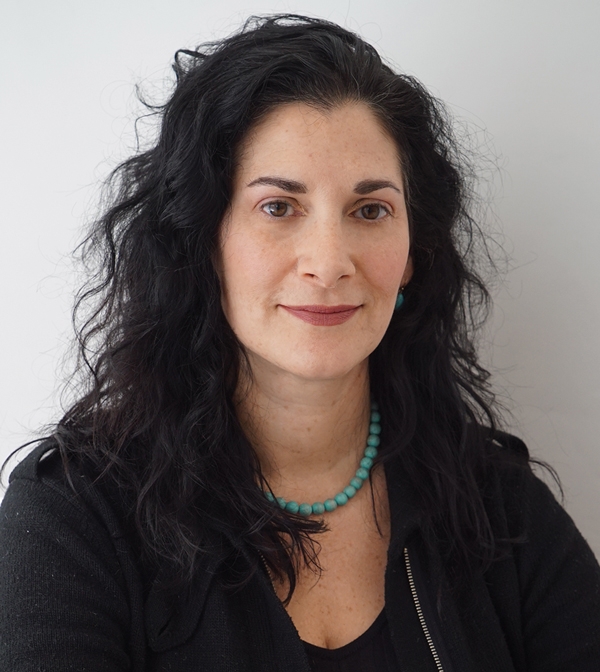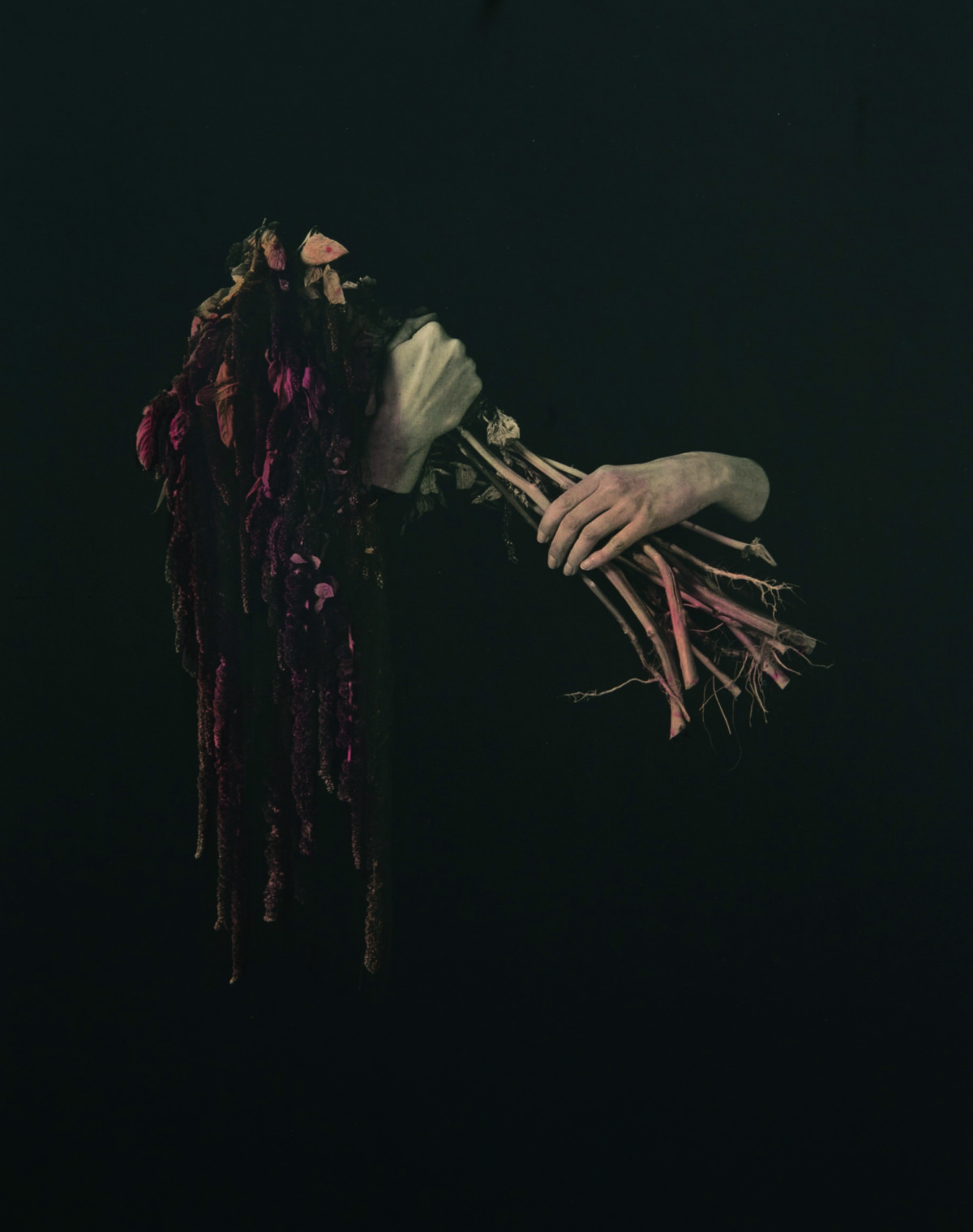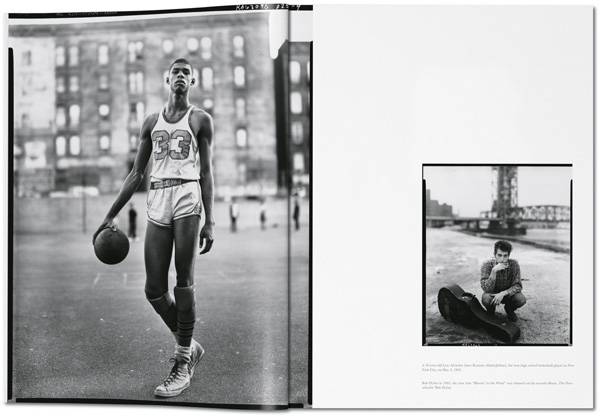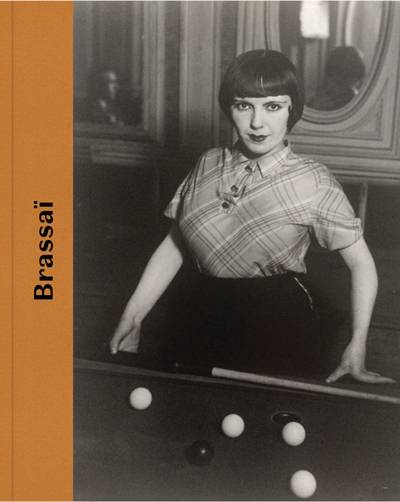Ahmed Mater’s photographs of the development of the holy city of Mecca arrive at the Brooklyn Museum at a crucial time, when change is happening throughout the Islamic world and the importance of understanding those changes in the West has never been greater. The exhibition by the artist from Saudi Arabia (Mecca Journeys, through April 8) includes photography and video to capture the divergent and often contradictory aspects of a city in transformation.
Lyle Rexer: Can you tell me about your shift from practicing as a physician to photography? I can certainly see an analytical and even forensic connection, but beyond that, what was the motivation?
Ahmed Mater: Yes, I’d agree with the forensic and analytical connection – my interest in science and the human body is, in part, down to that. My artwork has this same sense of investigation, perhaps scrutiny, that one might expect from a physician. I spend a lot of time thinking about the correct way to explain what was, in reality, an intuitive experience. It is important to note that I was a community doctor. There’s something particularly ranging in that discipline, which ties in with my artistic outlook, too. I treated many different people, many different conditions; it necessitated knowing a sufficient amount about a lot of topics, but also deferring to specialists. I think that happens in my work too – in Desert of Pharan, for example, I took thousands of photographs, I spoke to urban planners, to architects, I consulted historical archives – I gathered a huge amount of field research that lighted on a broad range of topics and disciplines. In terms of the why and the how of becoming an artist, my interest in painting came from watching my mother, who, like many of the women of my region, decorated our house in vibrant and richly coded murals that told stories to and of our family – it’s a really prominent tradition in Aseer. So, I grew up in art, my house was quite literally a canvas, a story. This sense of art as a narrative vehicle, as a place where a multiplicity of stories can live and thrive, is essential in my outlook.
LR: On second thought, I can see a more complicated path. Photography seems to be the outgrowth of your more comprehensive investigation of the development of Saudi Arabia.
AM: I think it’s more that my work has, almost always, had photographic elements to it. Those elements are about bearing witness, observing, scrutinizing any singular received “order,” mining that to reveal and preserve a plurality of perspectives. You’re right that photography became increasingly important as I became more embroiled in social investigations; it has been my means to document, to witness, to gather and harvest a multitude of stories. On the other hand, even Magnetism – an installation which shows a black-and-white miniature that resembles the Ka’aba [the building at the center of the Great Mosque in Mecca] thronged by worshippers – uses photography to play with perspectives. People are often surprised when they see the installation for the first time – its scale is far smaller than anticipated. That’s because the photographs make it appear huge. I hope that, together, the installations and the photographs reveal the many layered symbolic and literal existences of the Ka’aba.
LR: Much of the building we see in The Desert of Pharan is financed by money from oil revenues. Although that is not directly addressed in the work, it is everywhere by implication.
AM: There is a powerful recognition across all parts of Saudi society that a dependence on oil will be the undoing of the country. There’s a necessary, ambitious, and powerful drive towards diversification. One of my works not in the Brooklyn exhibition, Evolution of Man, is an X-ray video that shows a gas pump turning into a gun pointed at a person’s head. It speaks more directly about Saudi Arabia, but it also relates to oil dependency all over the world.
LR: This raises a broader question of political reading. First, relating to the series Empty Lands, part of which is included in the catalogue for this exhibition, do you see documentary photography as an inherently political act?
AM: I think all art is political. Art inherently exists within a social and public context and therefore is always, whether intentionally or not, speaking about or reflecting on that context. But whether it is a political act depends and isn’t necessarily about intentionality. I hope that my work speaks about contexts, records realities, stories, shifting social systems. In the context of Saudi, where there is seismic change, I hope they’re an act against forgetting. As for Empty Lands, I was observing these abandoned places – documenting, yes – but I hope there’s something more reflective, poetic, perhaps even something elegiac about the works and the stories they imply. Related to that, I don’t necessarily think of my photography as strictly
documentary – I think to document implies a degree of enforced objectivity. Documenting is part of what I do, but I also aim and hope to juxtapose, smuggle ideas into new contexts, mine stories and present profusion.
LR: Which leads me to the project Desert of Pharan. We have seen photos of development in the Islamic world, but there is something especially dramatic about Mecca. Your images emphasize several aspects. The first is the mass – the sheer volume of visitors to the holy site. Are you making a comment about religious experience? About Islam as a mass movement?
AM: I am commenting about religious experiences, not so much about Islam as a mass movement. I say experiences because the project is about plurality, many perspectives and stories. They may not all easily cohere, may even contradict each other, but I want them all to be presented together in the work. Mass, and more specifically scale, are important to the project – yes, mass of visitors, but also the scale of the individual human body in relation to the city – and how this speaks of the scale of one life among the multitude of lives / stories / histories. There are interior scenes and aerial shots, images of vast echoing construction sites and crowds thronging holy sites. I hope the work, more than being read as a commentary on Islam, offers something to a global dialogue about urban development, our symbolic cities vs. the complex realities, tensions between private and public space, the individual vs. the multitude.
LR: You raise a question about this growth as economically excessive and unequal, with photos of luxury suites overlooking the Ka’aba.
AM: One of the core beliefs enacted in and through the hajj is that all are equal in the eyes of God – hence the plain white garments that are worn by all, with no signs of status, background, wealth. Obviously there are modern innovations that could be perceived as not being in keeping with those principles.
LR: What has been the reaction to these photographs among Saudis?
AM: Fascination, affection, pride, nostalgia, and a questioning. There are as many reactions among Saudis as there are among anyone else. It’s a project about histories, plural. I would have considered it to have definitively failed if there had been one or limited reactions.
LR: Do you see these photos as playing an important role for audiences outside the Kingdom? How might that role be different?
AM: I know an inevitable role will be one of awareness raising, or at least, “educating” – I didn’t set out with the aim of educating about Saudi, about Islam, about Mecca, about… anything specific. It felt urgent to me to bear witness, hence why I ended up, rather compulsively, dedicating five years of my life to Mecca. Now that those five years have passed, Mecca, Saudi, and the world have shifted drastically from where it was when I began. I hope that its presentation at this time of global change, in Brooklyn, will give some sense of this prismatic, complex city and its connection to our rapidly shifting, complicated world.

